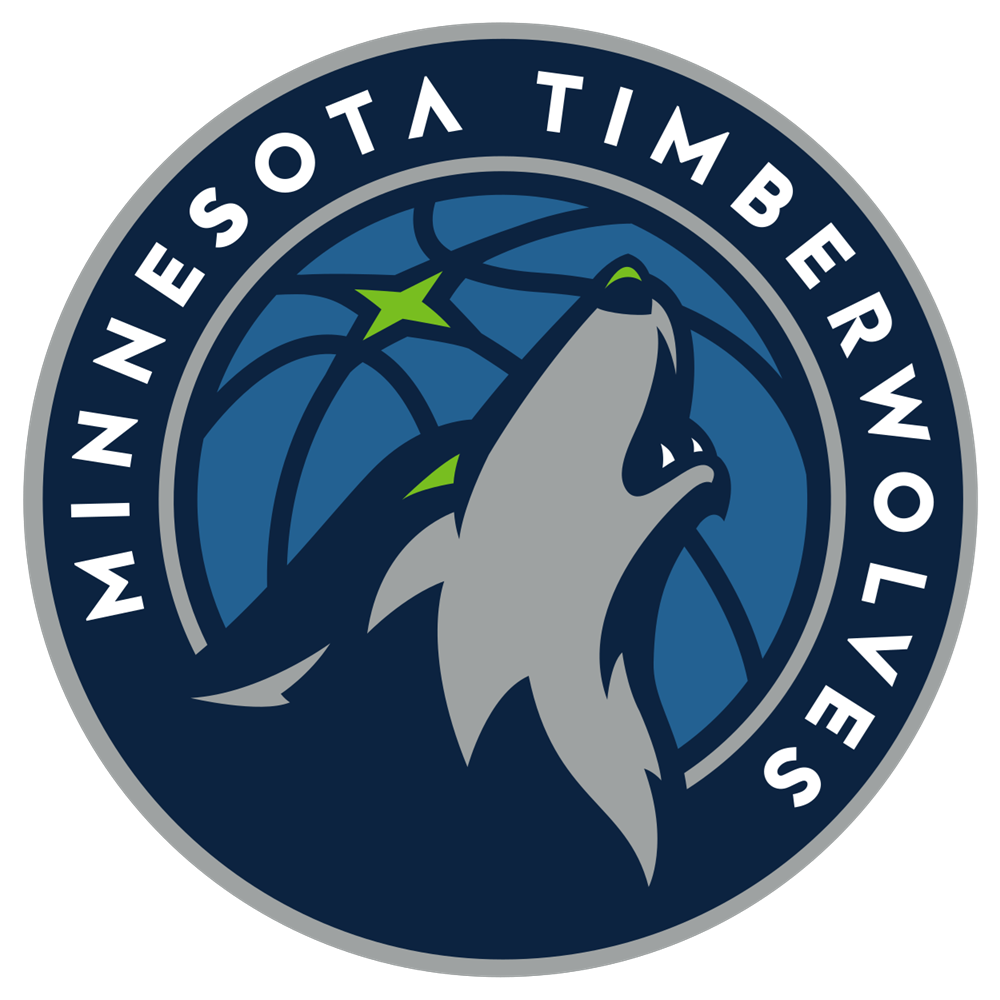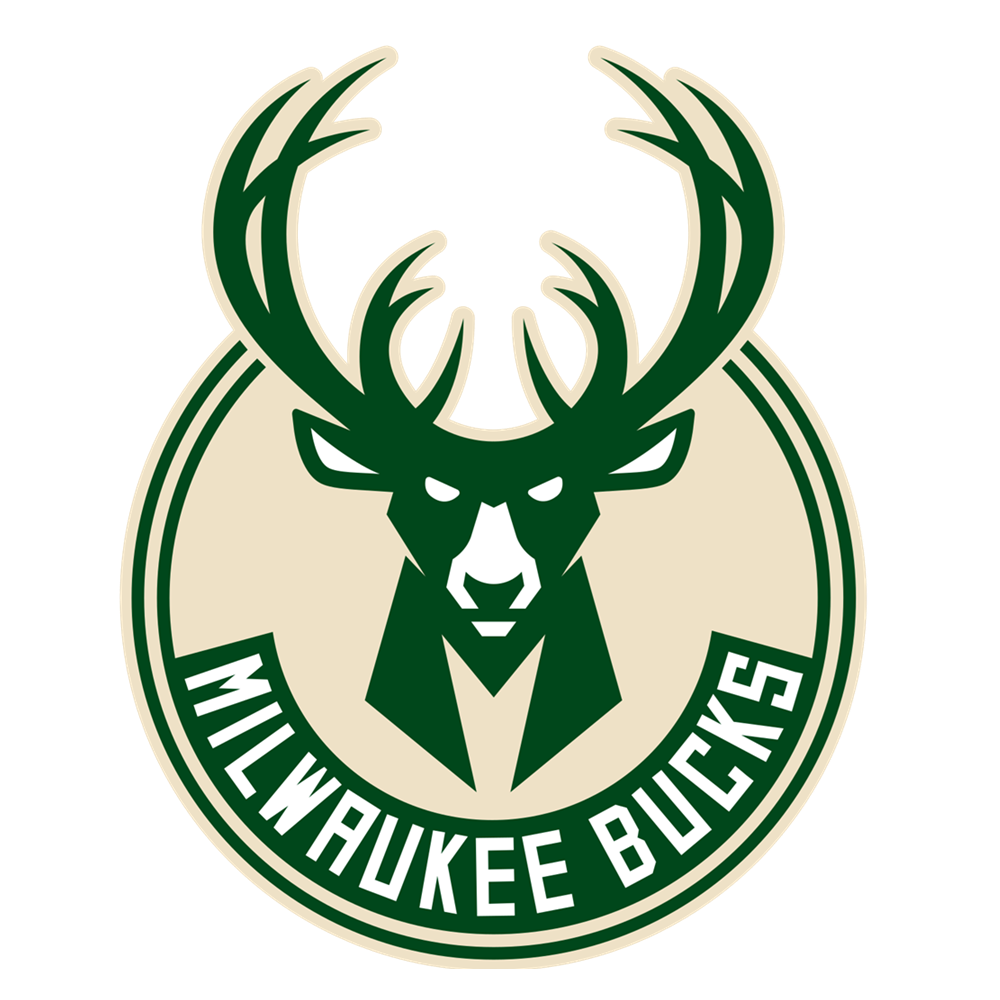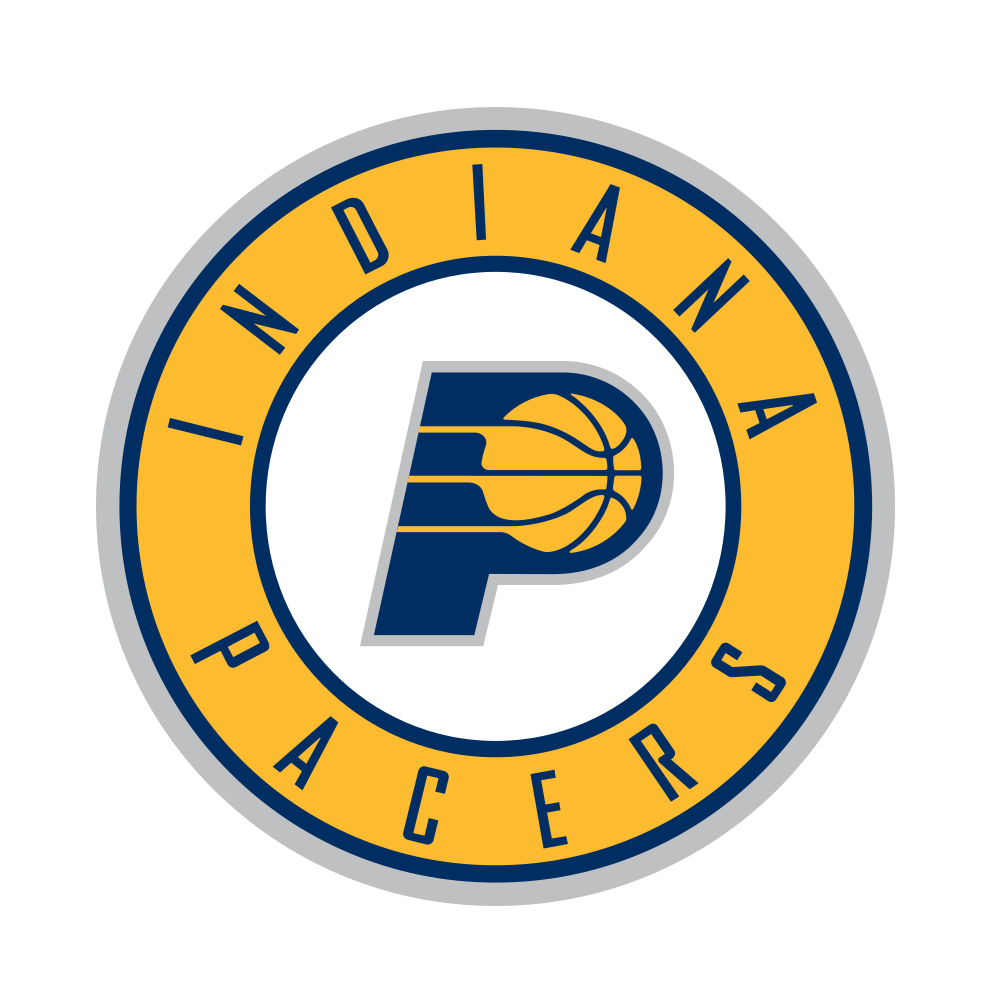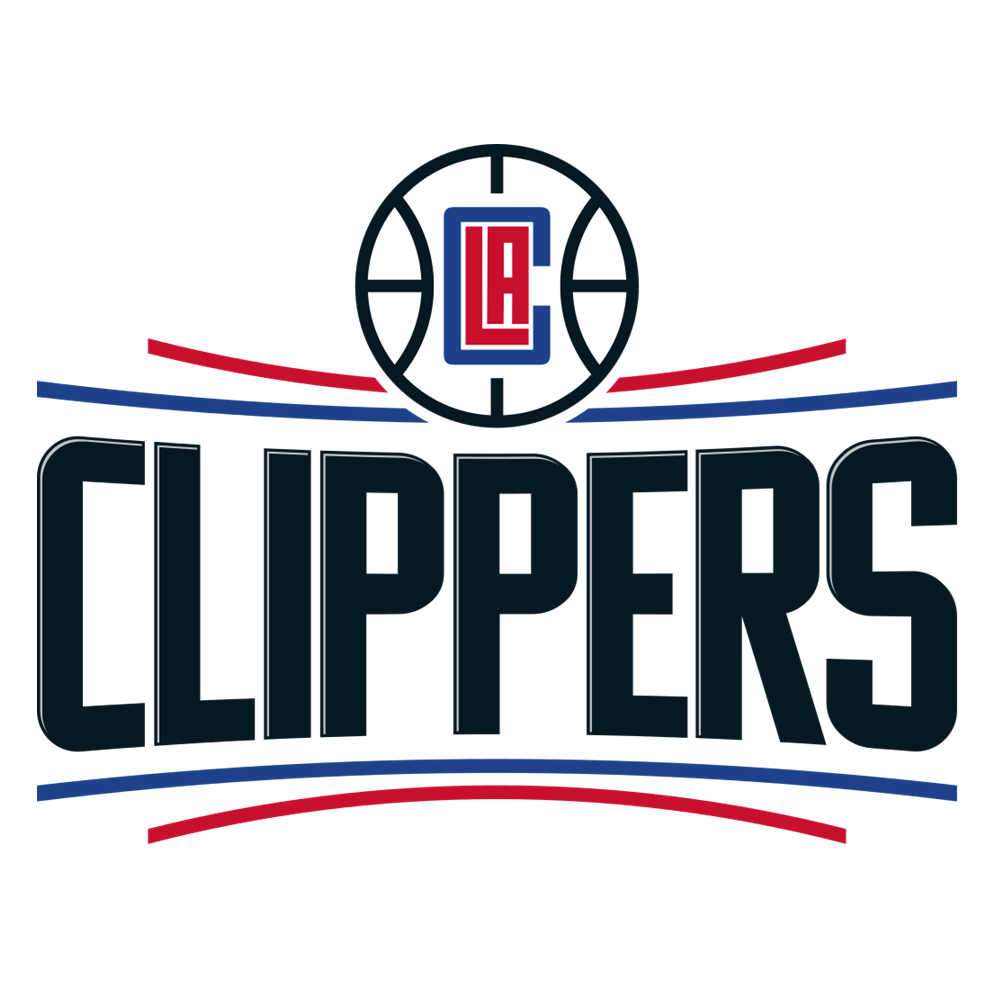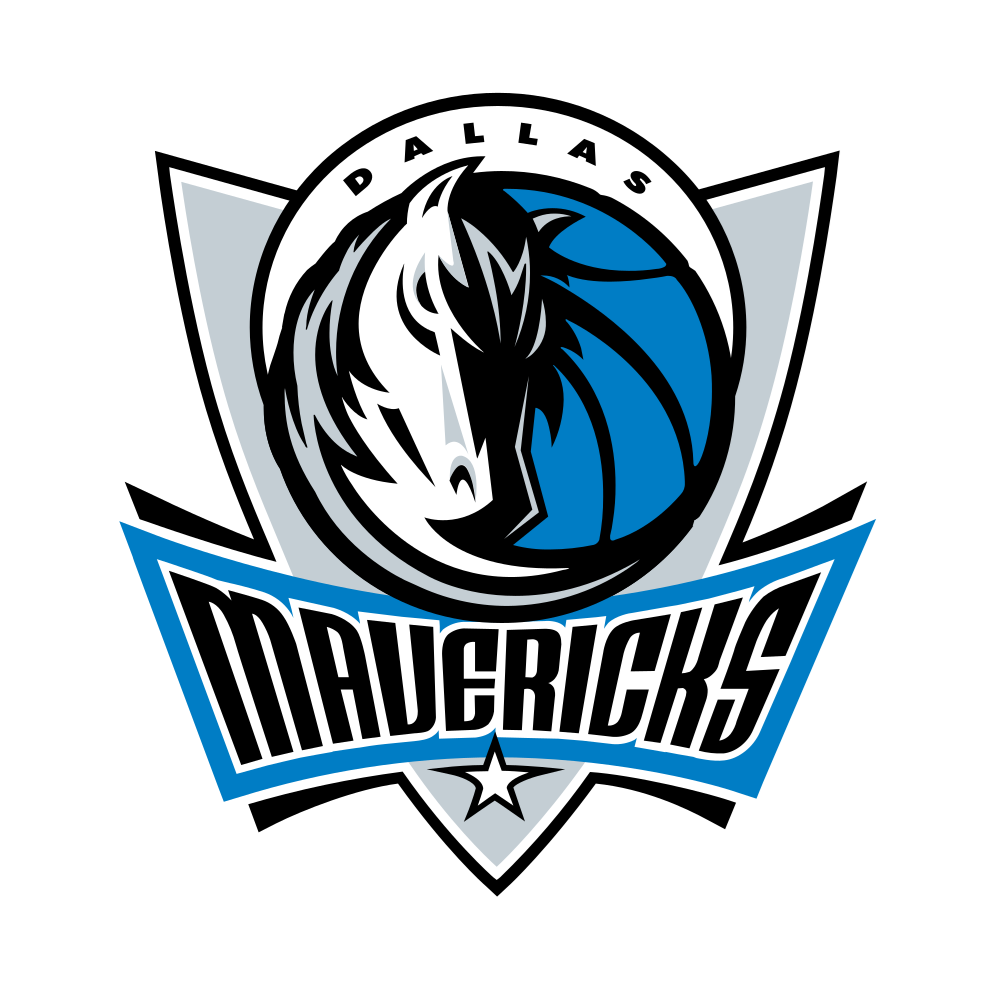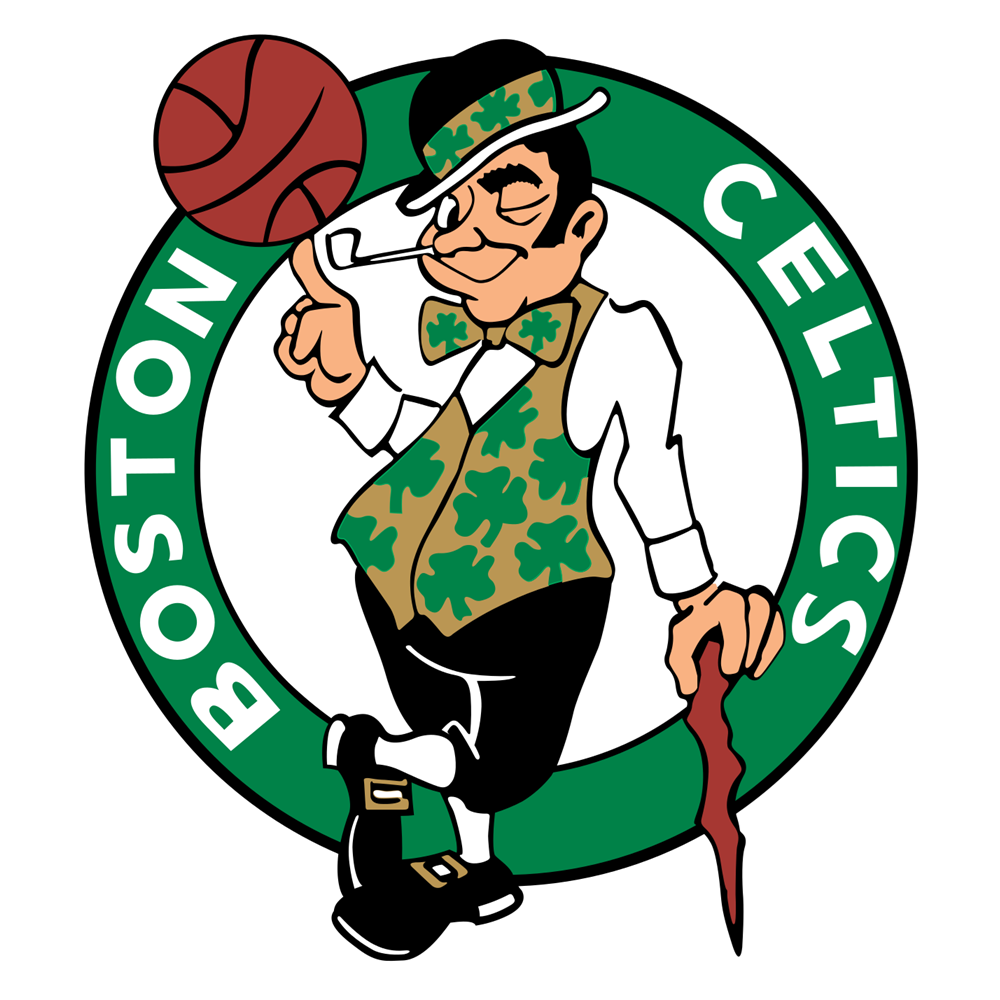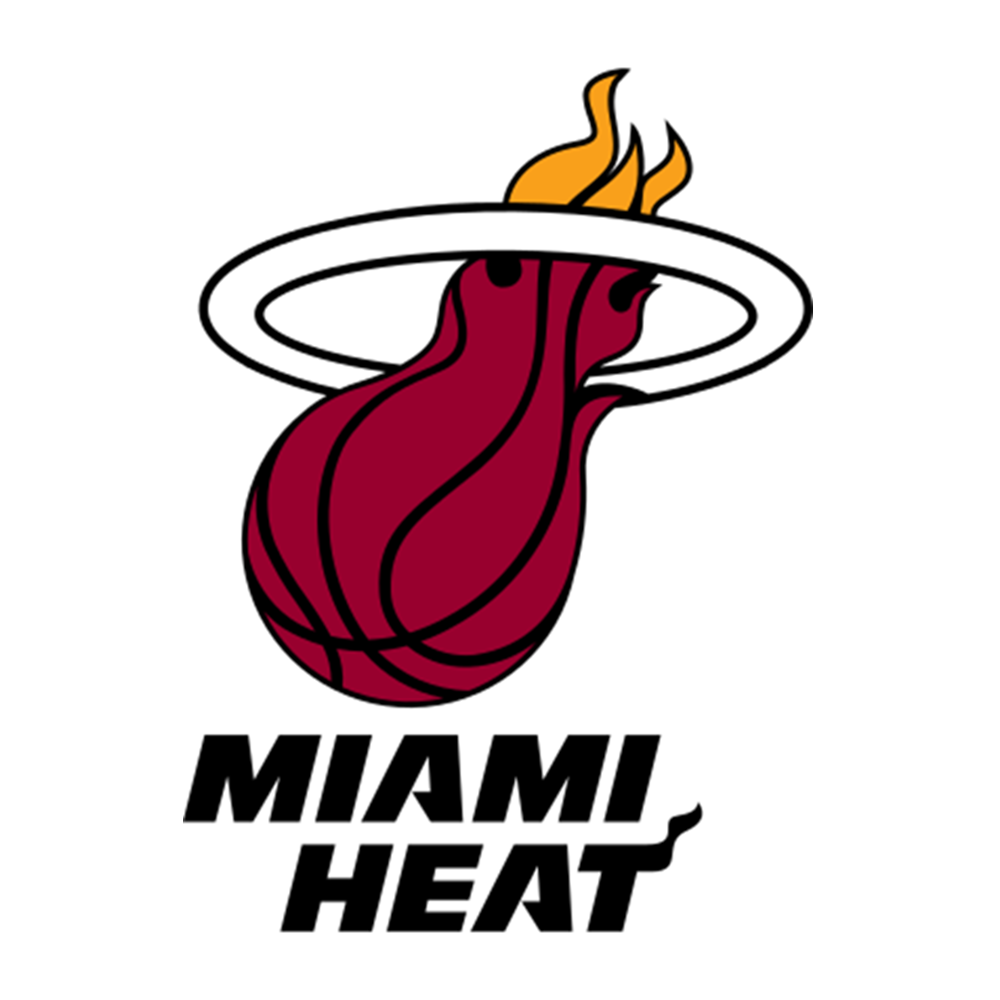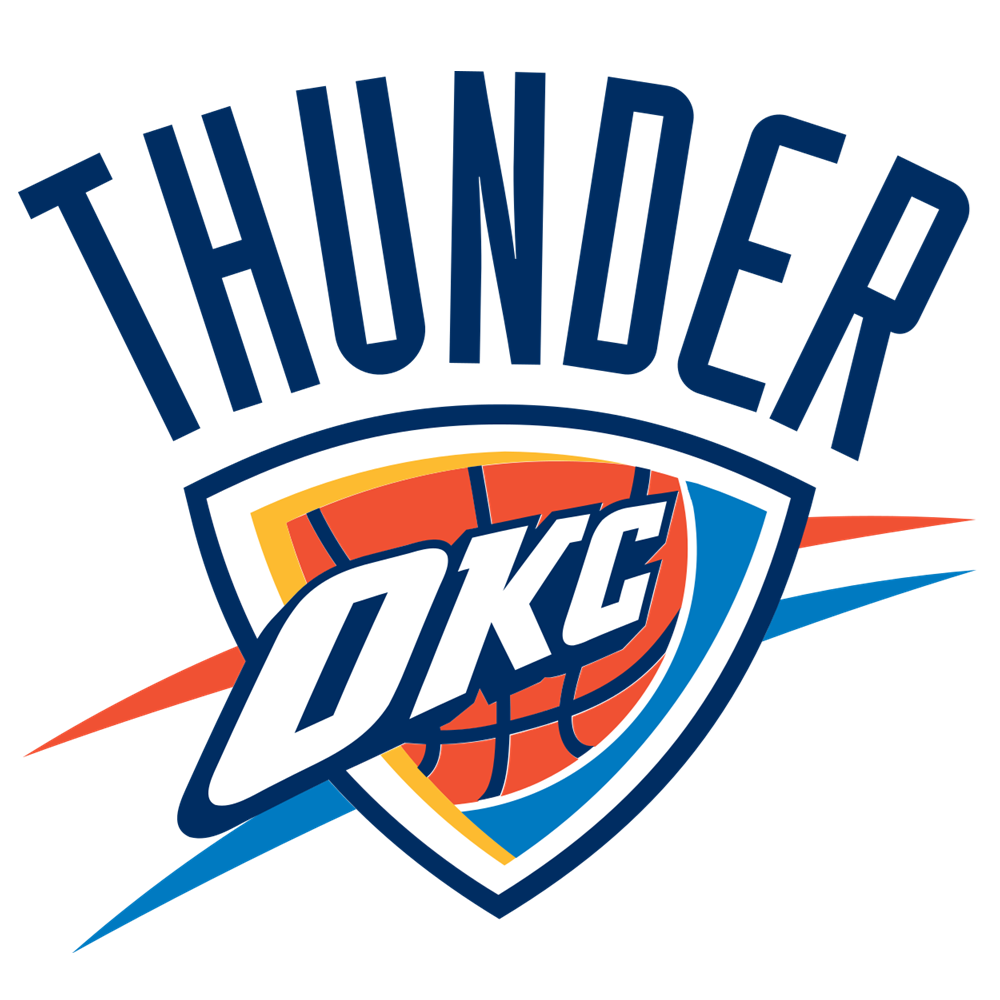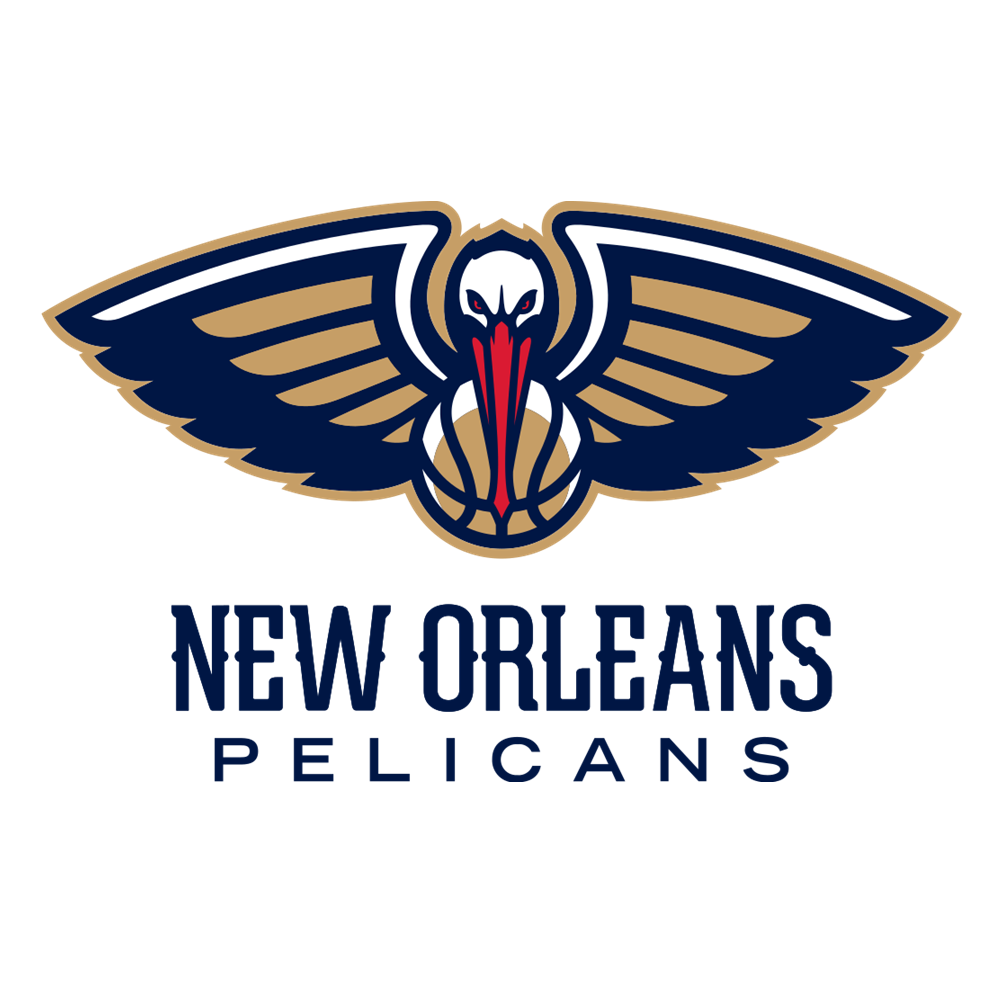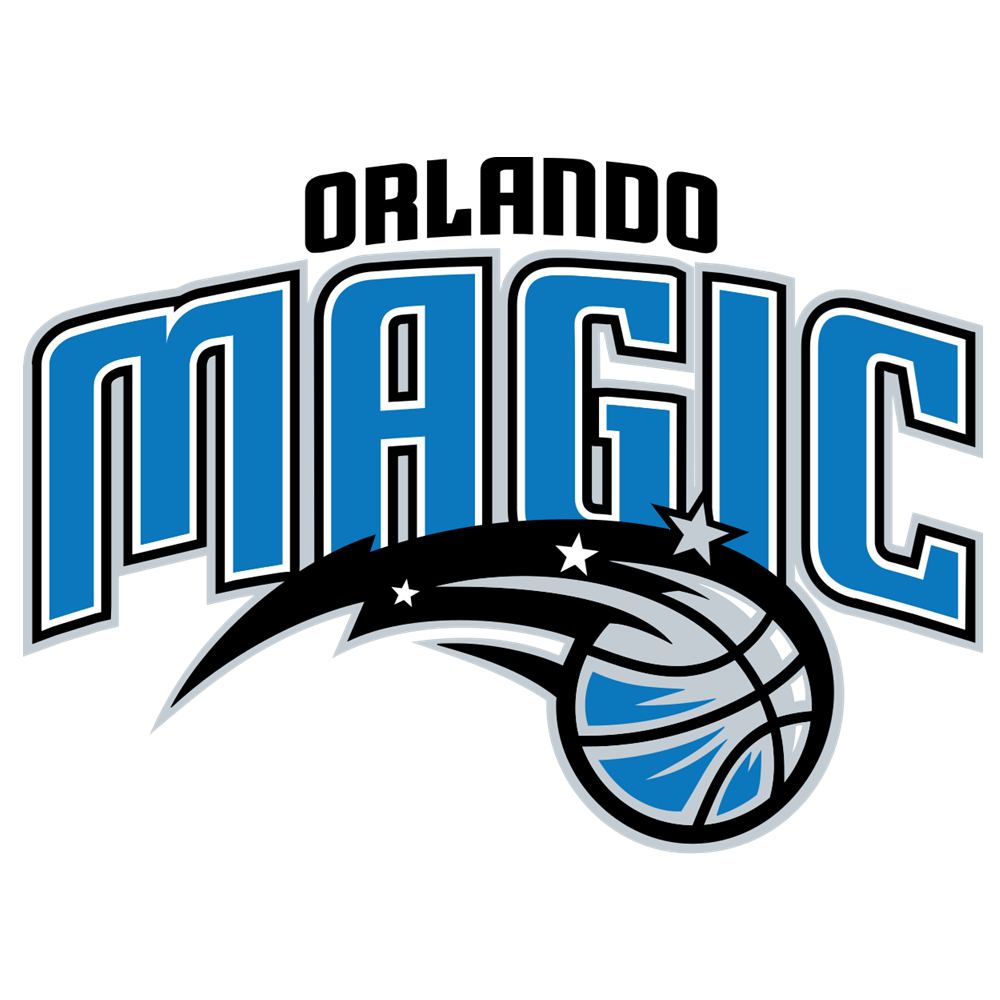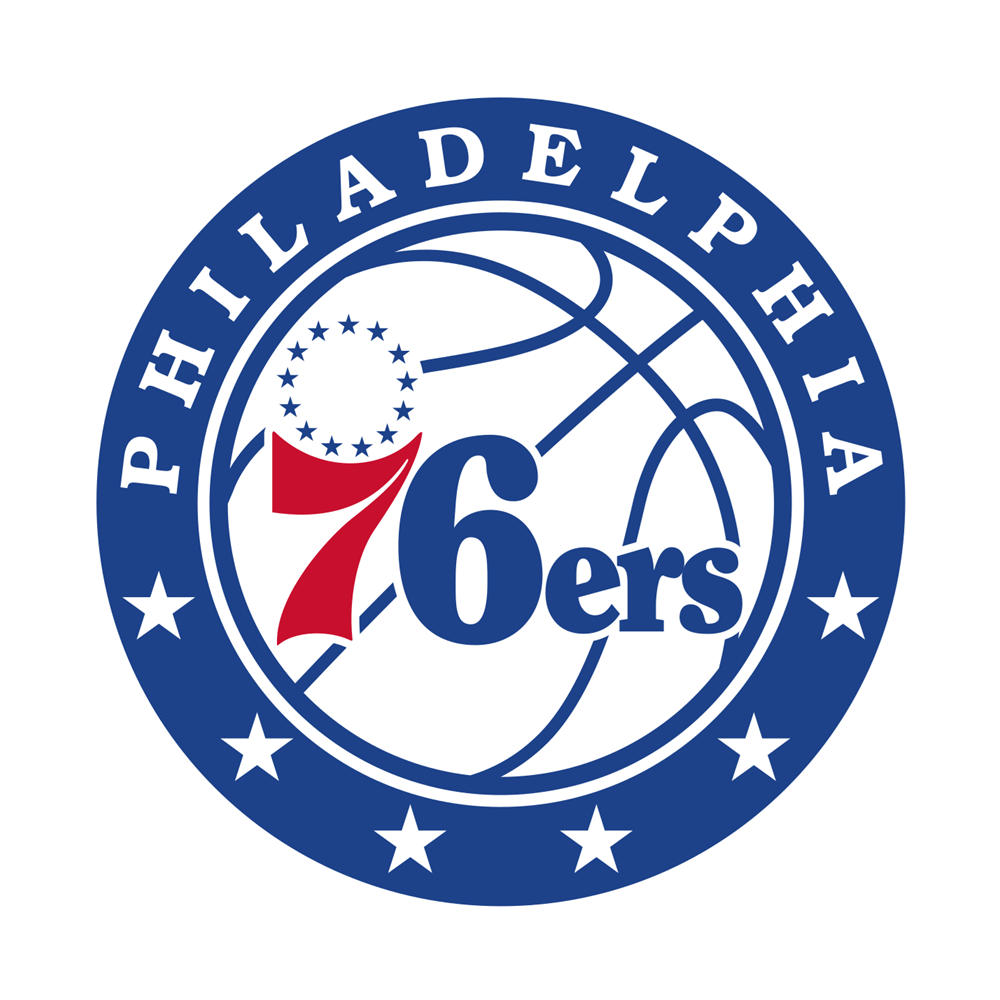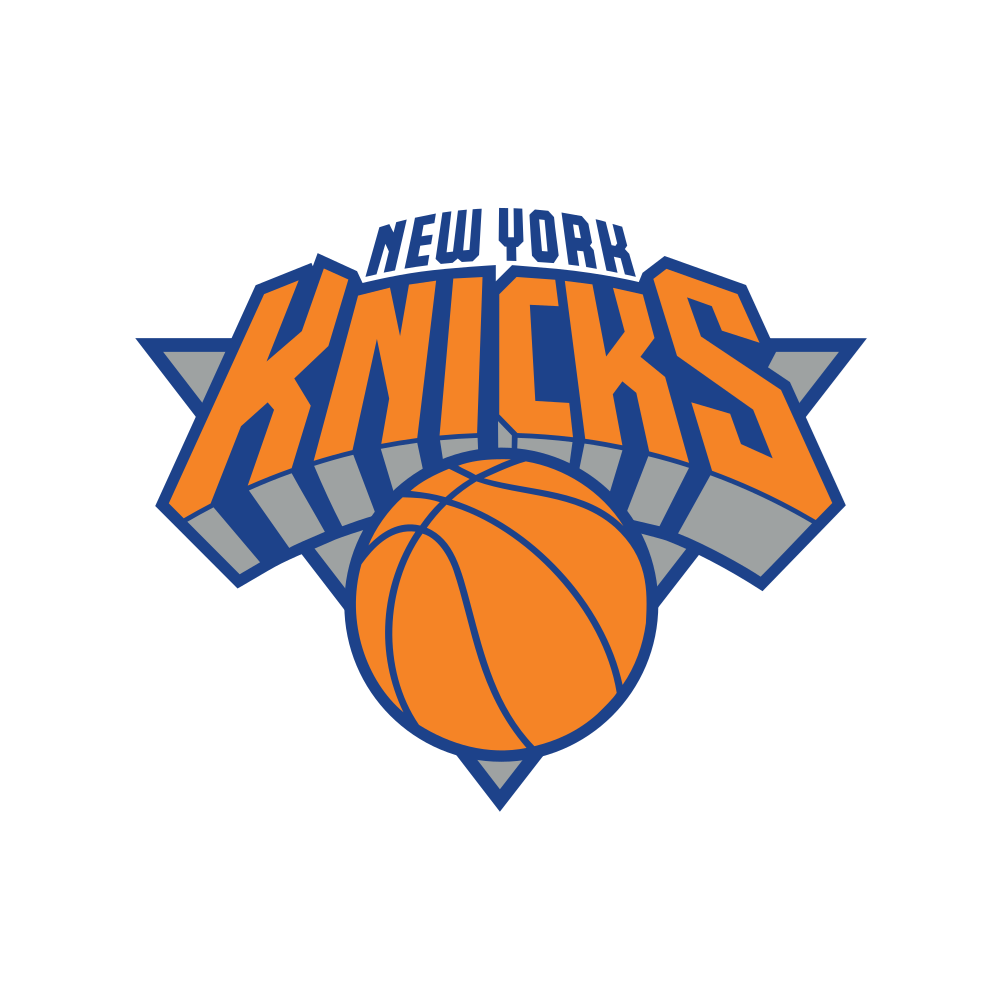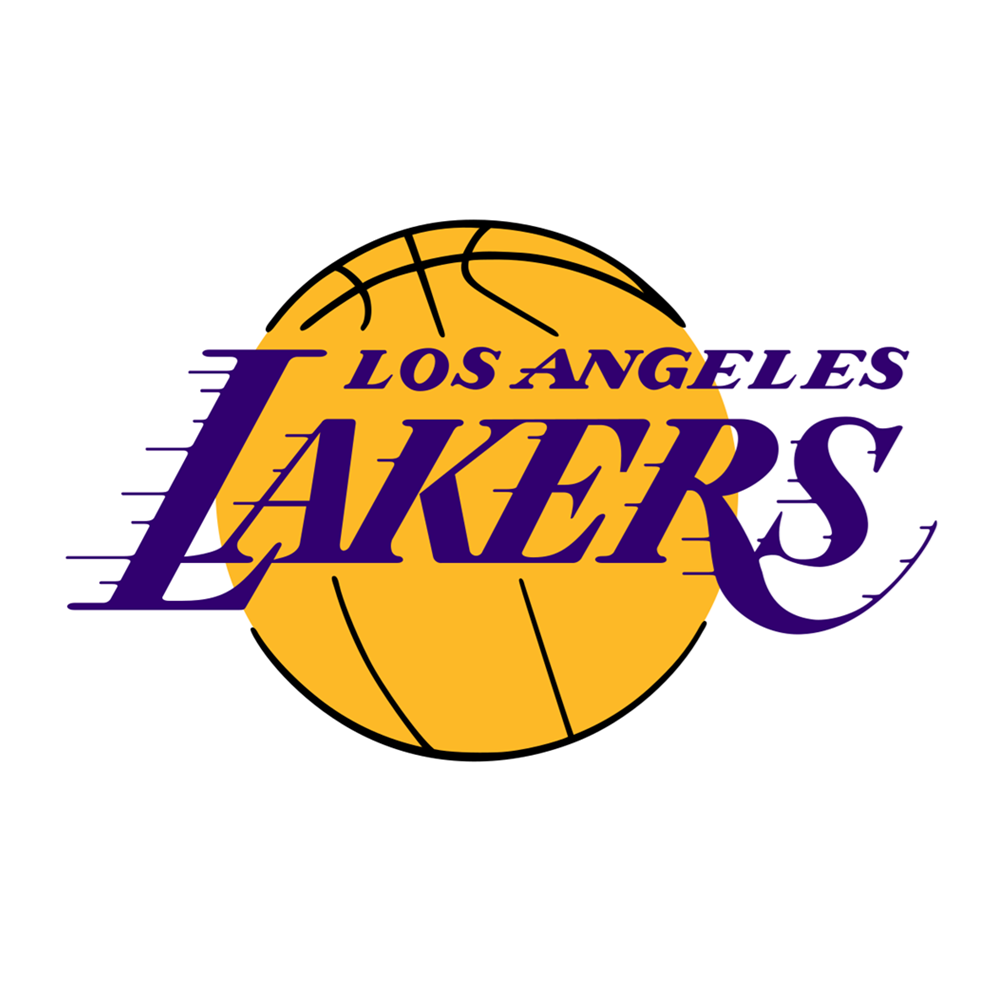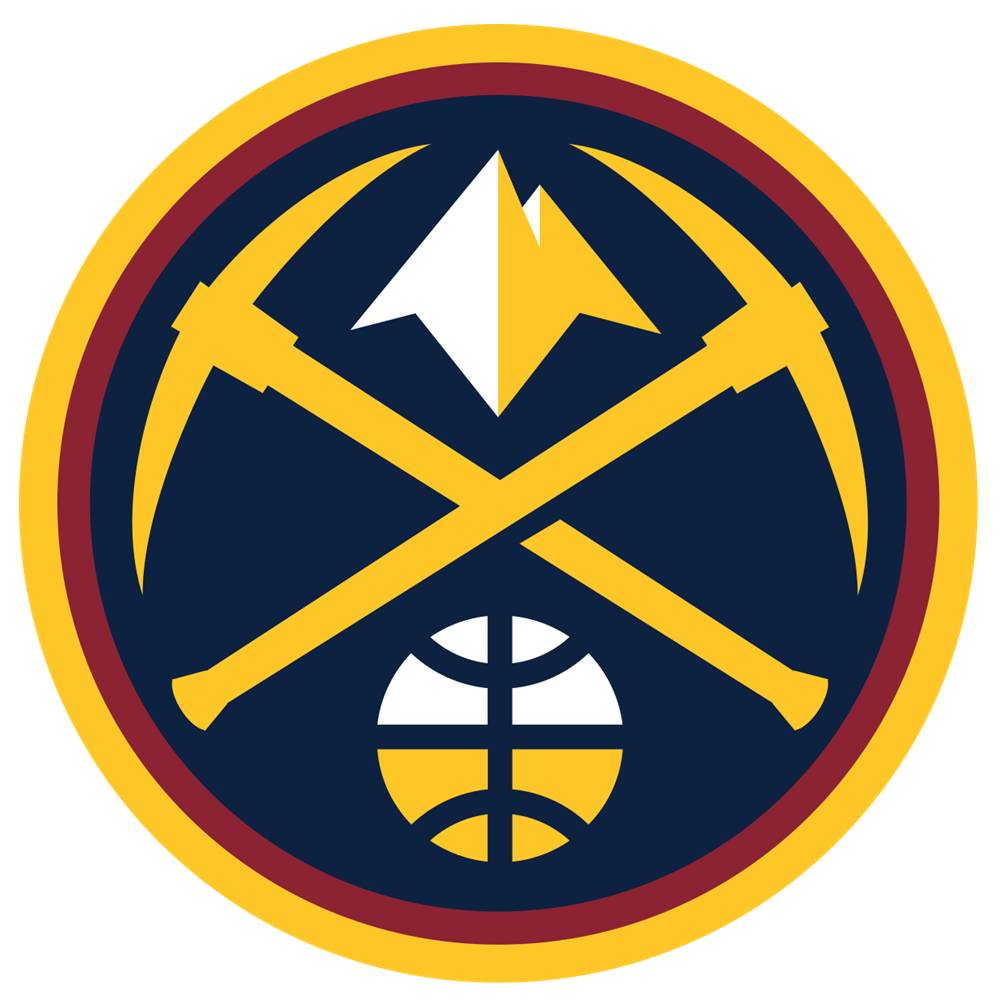Who holds the NBA record for most consecutive double-doubles since 1983? Shaquille O’Neal? Tim Duncan? John Stockton? Karl Malone? Kevin Garnett? Charles Barkley? Hakeem Olajuwon? Bismack Biyombo? Judi Dench?
Nope. The picture at the top is a pretty big clue.
After a 34 minute, 0 point outing versus the L.A. Lakers on 19th November 2010, Kevin Love went on a historic tear. He recorded 53 consecutive double-doubles over the next four months, a streak far in excess of any single one that any of those peers has or had ever recorded. The second longest was a comparatively lowly 40 by Stockton. The next closest streak by a big man, Garnett, was only 37.
Four games prior to the start of that streak, Love had become only the eighth player ever to record a 30+ point, 30+ rebound game. It was only the 53rd such performance ever - 44 of them were by the human anomaly that was Wilt Chamberlain - and the first one since the great Moses Malone in 1982. It has not happened again since.
Now, imagine how good of a team mate you must have in order for you yourself to be that good, and yet still have to change your game to suit them.
This is what Kevin Love has done in his time with the Cleveland Cavaliers alongside LeBron James.
As can be seen the above video, the Minnesota Timberwolves-era Kevin Love was a furious workhorse. He pursued every ball, especially on the defensive glass, but he also worked extra hard offensively in order to get his own on that end. Not blessed with the length, explosion or quick-jump muscles of some of his more athletic peers, Love had to employ his plentiful offensive skills in conjunction with a high level of hustle and physicality in order to create those six inches of space in which to release his hook shots and bankers, as he could not simply shoot over opponents not dunk around them.
The once-commonplace idea that he was 'soft' was always inaccurate. Love pursued the ball, and went at the opponent to get it if he had to. The only softness was in his soft hands that could catch all caroms, and he always seemed to read the ball properly coming off of the rim.
Love at that time lived mostly inside the arc, seeking and meriting post-up possessions and elbow touches, shooting closer in much more frequently than now. Per basketball-reference.com, Love shot 627 shots from 10 feet and within in the 2010/11 season, compared to 319 shots from 16 feet and outside.
Jump shots were always a part of his game with the Timberwolves, and the three-point rate was trending upwards even by that time. Love hit 41.7% from three-point range in that 2010/11 season, with a three-point rate (i.e. the percentage of his total field goal attempts that were taken as threes) of 20.6%. That was, at that time, the highest of his career; indeed, Love entered the NBA with a rookie season three-point rate of a mere 2.8%. But it has grown exponentially since, increasing every season of his career until last year, when it plateaued at 44.9%.
Now with the Cavaliers, Love's game is more about jump shots than in those earlier dats. Love has taken 189 shots from 10 feet and within this season, as opposed to 224 from 16 feet and outside. And of his 93 makes from that outer range, 86 have been assisted.
Guess who's assisting them.
This is something that Chris Bosh had done previously. When he joined the Miami Heat along with LeBron back in 2010, Bosh did so knowing he would have to take a pay cut and a shot cut. But what also became quickly apparent was both the need to change his style of play, and also his ability to do it.
With the Heat, Bosh went from being a high- and low-post player to being far more perimeter orientated, something best if not exclusively captured by his own shot ratios. In the year before joining the Heat, Bosh shot 658 field goals from 10 feet and within, compared to 281 from 16 feet and out; in his first year with the Heat, those numbers developed to 605 and 495 respectively, stretching out to 443 and 610 in LeBron's final year there.
Much the same is true of Love. He starts possessions now screening at the top, then either rolling to the rim or popping to the perimeter, and further rolling to the corner for a kick-out should any perimeter playmaker - namely, LeBron - take on the drive. Love took 17 shots from both corners combined in the whole of the 2010/11 season, and only 45 in 2013/14, the final season before he joined the Cavaliers. He has already taken 48 from there this year.
The transformation, however, is not just an offensive one, as Love has also moved position defensively. Always a power forward, and acquired to be one, Love is now a full-time NBA centre, despite not having the traditional tools for the job.
Through a combination of Tristan Thompson's decline, the lack of a quality NBA centre elsewhere on the roster, the lack of ability to acquire one via trade or free agency, and the need to play LeBron James as a power forward from here on out as he ages, Love has been bumped down one position to centre in a move that is probably hereafter permanent. The most important of those reasons is the need to accommodate LeBron as a point power forward while still keeping the team's best players on the floor for as long as possible.
This, then, has led to a weirdly shaped Cavaliers roster. Aside from the occasional minutes for Thompson - although he, too, is not especially good at this aspect of the game - there is no interior help side shot blocking anywhere on the team, someone to clean up and contest any driver who penetrates the first line of the defence. They simply go out without one.
The only two players to record more than 0.4 blocks per game are LeBron himself (1.0) and Dwyane Wade (0.8). Blocks per game is certainly not the only nor the most accurate measure of a team's interior defence, let alone its overall impact on that end. But to be ranked third last in the league is telling (and also surprising; how are there two teams somehow worse at shotblocking than the one relying on the near-36-year-old backup shooting guard?)
Love, never adept at being this player, is one of the 0.4 blocks per game crowd. Defence has never been his strong suit, as, in being laterally quite slow, not especially long, and not being a Pogo stick around the rim to deflect and deter, there are very few favourable match-ups for him. Improvements in his perimeter footwork and angles so as to defend switches and perimeter bigs better are noted and well-documented, but also said in very relevant terms - Love is still not fast out there, and him defending in this way is a requirement of his being on the court rather than a desired outcome.
When he played power forward alongside a rim protecting centre, one of these flaws could at least be covered up. And in the relatively recent past, when post offence was more frequent, Love could at least be a body the help could be drawn towards. Now, though, he often is the help defender. And as one, he is not very effective.
Essentially, then, Love as a centre shouldn't work, especially alongside four perimeter players at all times.
But it does.
When Bosh did adapted his game in this way, his numbers took a hit. Gone was the 20+ point per game scoring he had put up for five consecutive years with the Toronto Raptors - he would not record that mark again until LeBron left. Gone too was the double-figure rebounds per game he had posted in three of the previous four years; that dropped to 8.3 per game in his first year with the Heat, and went down further in each year of the James and Wade era. Bosh adapted to suit, and key to that adaptation was sacrificing shots and status for a new role as the league's best role player.
Love, as above, had done much the same. Love, however, is still a 20/10 player. This season, almost so quietly as to go unheeded, he is averaging 20.2 points and 10.2 rebounds per game, shooting a 62.4% true shooting percentage. The points total is his highest as a Cavalier, the rebounds are his second highest, and the true shooting percentage is by far the highest of any season of his career.
The last month in particular, Love has been even better than that. He has averaged 22.4 points, 10.1 rebounds and 1.8 assists on percentages of 49.5%/48.2%/86.5% in only 29.7 minutes per game.
As a total body of work once again, the PER is 25.2, 11th best in the league. The net rating is +13. The win shares are already at 4.6. Et cetera, et cetera. Use whatever stat you like; the chances are that he is excelling in it. The defensive shortcomings are there, as above, but Love's scoring and rebounding are so prolific that they more than overcome.
And it has all been done strangely without fanfare.
Notwithstanding the above, Love has performed like this this season despite a slight decline in his three-point rate, down to 41.1% this season from 44.9% the previous two years, the first decline in his career. Playing as the sole inside guy has meant playing slightly more often in the paint, as has giving LeBron full-time playmaking responsibilities - with him pulling the strings, the ball is flying around through a series of skip-passes and bullets thrown inside, and it falls upon Love to catch and finish the great looks James is giving him.
The same lack of explosion around the rim that once saw him called soft (an inability to finish powerfully around the rim is all too often confused with a lack of desire to do so) is still there - if he could dunk more readily, that true shooting percentage would be even better. That said, this is the new NBA, one in which pace and space are of paramount of important. Love can be part of the pace-and-space machine with his rebounding, spot-up abilities and outlet passing, or he can be the beneficiary of all the newly availed space by playing on the interior. Right now, he is doing more of the latter, to great effect.
This subtle move back to the middle has also seen his offensive rebounding percentage go back up to 9.6%, his highest rate since his injury-riddled part-season of work in 2012/13. Given his status as a high-quality high-volume outside shooter now, Love's offensive rebounding will never return to what it was. But that itself is another testament to his ability to, and acceptance of, doing whatever the team needs him to do.
Love is not only playing really well - he is playing wherever he is asked to.
At every turn, Love has done what the Cavaliers have needed him to do. When bringing him in from Minnesota, they asked him to become a third wheel when once he was a star, and he obliged. When they asked him to become more of a floor spacer than a grinding interior player, he obliged. When they asked him to be a four man, he obliged. Now that they have asked him to be a five, he has obliged that as well.
Even back in that first Cleveland season, when he was not entirely comfortable with the changes he had to make and found himself the subject of a LeBron sub-tweet, he once again toed the party line. And when they asked him to re-sign the following summer for as many years as possible despite indisputable evidence that he could get more money if he played the short-term contract game that James has always played, Love obliged.
Somewhere amidst it all, he somehow fell off the radar. The 20/10 threshold is a hallowed benchmark in NBA lore that speaks to true quality, yet here is Kevin Love doing it with no one noticing. And he is doing it in less than 30 minutes per game.
Kevin Love was a phenomenally good player for the Minnesota Timberwolves, better than perhaps we ever remember. He then changed his game to pair up with LeBron James, just like Chris Bosh did before him. He then changed it once again in order to get LeBron what he needed. And yet he is still far better than we will perhaps ever remember.
